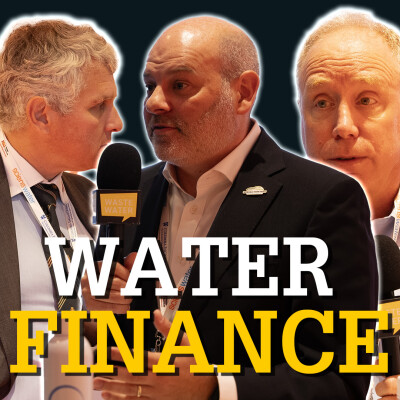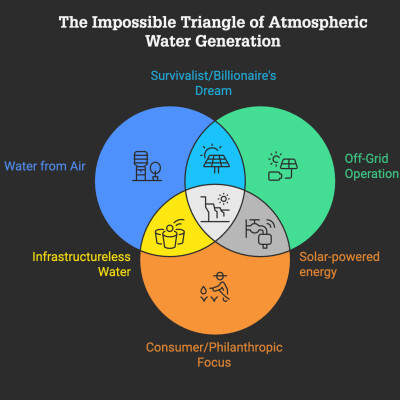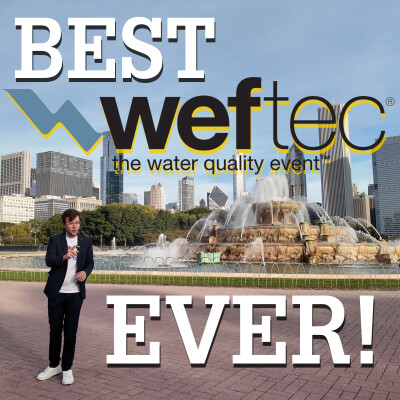Description
How Do 32+ Electrochemical Water Oxidation Technologies Compete for PFAS Destruction Market Share? Listen to this!
More #water insights? Connect with me on Linkedin: https://www.linkedin.com/in/antoinewalter1/
🙌 Supporters 🙌
A big thank you to my partner, Georg Fischer: https://www.gfps.com/com/en/products-solutions/solutions/design-prefabrication.html#!
How Do 32+ Electrochemical Water Oxidation Technologies Compete for PFAS Destruction Market Share?
Electrochemical Water Oxidation is an emerging treatment technology that uses electrical current to break down persistent contaminants like PFAS in industrial wastewater. With 32 identified companies developing proprietary systems—17 specifically targeting PFAS destruction—this crowded market represents both intense competition and strong validation of a rapidly growing industrial need.
Antoine Walter is a water technology analyst and podcast host who has interviewed nine electrochemical oxidation companies, conducted comprehensive market research across 32 players in the space, and provides strategic insights for entrepreneurs, investors, and water industry executives navigating this competitive landscape.
🌶️ KEY SPICES 🌶️
⚡ Power Density Range: Technologies span three orders of magnitude (100-10,000+ A/m²), with higher densities potentially enabling more compact treatment systems
💎 Electrode Materials: Boron-Doped Diamond (33%) and Titanium suboxide (28%) lead among PFAS-focused companies, with Mixed Metal Oxide dominant overall
🎯 Market Maturity: 53% of PFAS-targeting companies operate at TRL 8 with only two at full commercial deployment (TRL 9)
🧪 Defluorination Proof: Four companies have achieved third-party verified >90% defluorination, with half reporting complete PFAS destruction capabilities
🏭 Minimal Chemistry: 58% operate with minimal chemical addition, and 83% self-clean through electrical reversal or direct capacity
🥜 IN A NUTSHELL 🥜
What's the actual market size? Only an estimated 250 of 10 million global industrial facilities have addressed PFAS in wastewater, with perhaps 24 choosing electrochemical oxidation—creating fierce competition for limited installations.
How do electrode materials differ? Boron-Doped Diamond offers superior performance but higher costs, while Mixed Metal Oxide and Titanium suboxide provide alternatives, with some companies opting for sacrificial anodes to reduce expenses.
What determines system performance? Power density, pH tolerance (46% work at neutral pH), electrode lifetime, and reactor design collectively influence treatment efficiency and operational costs more than any single factor.
Are these technologies deployment-ready? Most companies (TRL 7-9) have moved beyond lab-scale, though only Axine and AECOM have reached full commercial deployment with multiple installations.
What's the investment opportunity? The collective $120M raised across startups represents capital-efficient validation, with regulatory pressure intensifying and the addressable market potentially growing 10x within three years.
Hosted on Ausha. See ausha.co/privacy-policy for more information.




